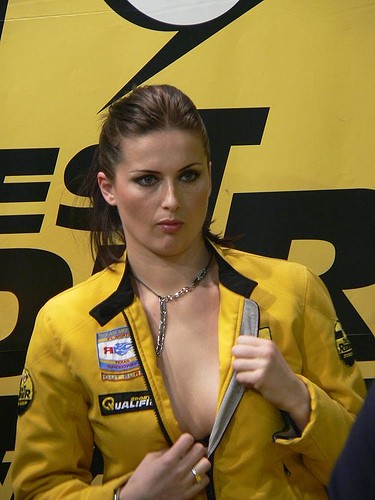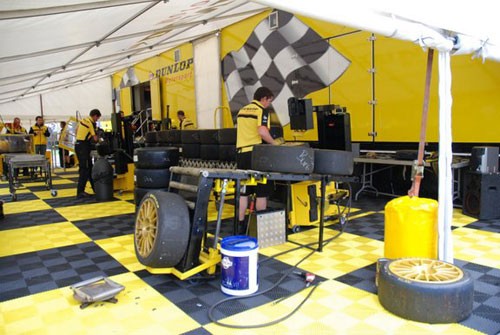
tvrmonster.com
The specialist travelling very rapidly web site
28 December 2009
Dunlop Reveals….
The new Dunlop Sport Maxx racing slick is released, faster, longer and smarter!

Dunlop’s new racing slick is to be used in BTCC in 2010, after testing at Snetterton showed the tyre to be faster and longer running than the current tyre. Over a full race distance lap times only fell by 0.2sec, which is remarkable for a Sprint tyre and in any case overall times were up. This has to be good news for us in the TVR Challenge, as we use the same tyre with slightly harder compounds on the Tuscans. (The stiffer compounds were brought in to slow the Tuscans down when the Championship moved to National B licenses)
 |
Developed from their winning GT2 Le Mans tyres, Dunlop has had to produce the tyre to comply with EU regulations. Finally, some good has come from the EU’s interference! In Club motorsport, we can’t afford the luxury of changing our tyres on two heat cycles like the big boys do, so we often run them for 12 or even more if your car is kind to them. This gives those on fresh rubber a huge advantage as, after two heat cycles, the pace falls dramatically. As always in motorsport, if you have the budget…you can go faster! Dunlop has used new Polymer and Construction technologies to gain the pace and longevity, and you can expect to see this in their road tyres soon too. They have lost a lot of ground to Toyo, Pirelli and Yokohama over the last few years. The tyre market is very aggressive, and tyres are a commodity buy for most, for the others performance is everything so constant development is required. This has not been too evident in the current Dunlop range of road tyres and they have made little use of their sporting credentials. It’ll be interesting to see how these new tyres fare against the Toyo R888, RSR and T1Rs in 2010. |
Another development to keep track of the tyres (to ensure that the Teams use only as many tyres as they are held to on a weekend) is that they are now electronically tagged. As the tyres leave and enter the pit, they are identified by their tags and their use recorded. Dunlop has been trying unsuccessfully to do this for a number of years via bar codes, but they are now confident that the radio tag technology is reliable. The tyres will be tracked from manufacture, through Team usage and finally on their return to Dunlop for recycling.

Comment on this news item here